Are you captivated by Renaissance and early modern art? These are the best museums to visit in Lower Saxony:
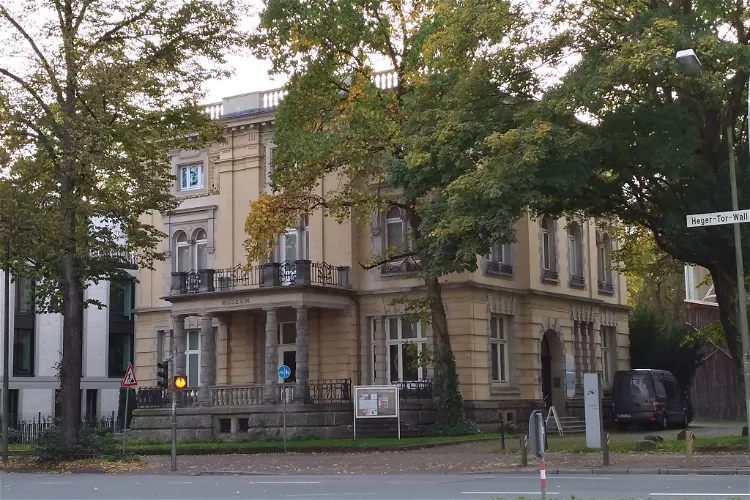
Kulturgeschichtliches Museum
OsnabrückThe Kulturgeschichtliches Museum Osnabrück, also known as the Museum am Heger Tor, is a museum located in Osnabrück. It showcases a wide range of exhibits that cover various aspects of history and culture. These include prehistory and early history, city history and everyday culture, as well as ancient art, arts and crafts and design. The museum also houses a collection of costumes, weapons and armor, coins and medals.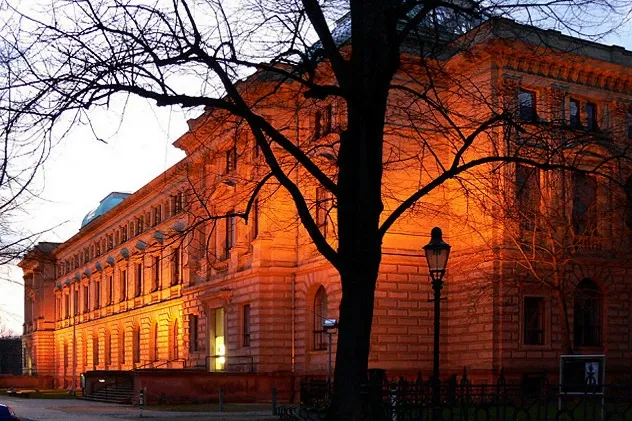
Herzog Anton Ulrich Museum
BrunswickThe Herzog Anton Ulrich Museum, also known as HAUM, is an art museum located in the city of Braunschweig in Lower Saxony, Germany. It is a significant cultural institution in the region, offering visitors a chance to explore a wide range of art collections.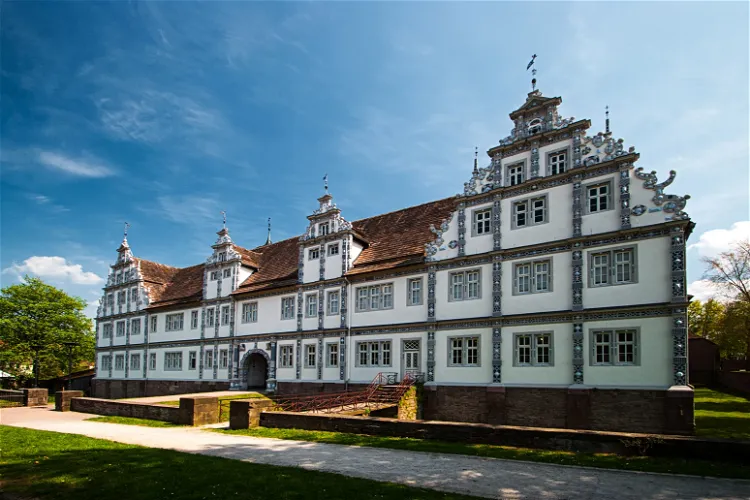
Bevern Castle
BevernBevern Castle, situated in the southern part of the Holzminden district in Lower Saxony, is a significant architectural monument of the Weser Renaissance. The castle was constructed between 1603 and 1612 by Statius von Münchhausen, replacing an old manor that previously occupied the site.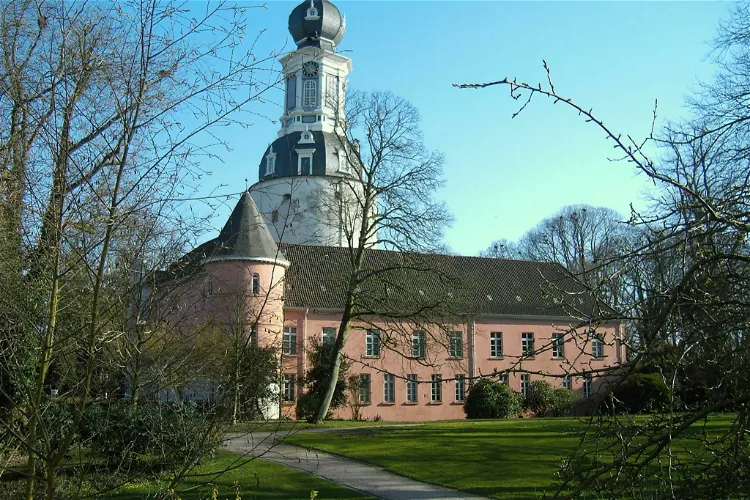
Schlossmuseum Jever
JeverThe Schlossmuseum Jever, situated in the town of Jever, is a cultural and historical museum that provides insights into the history of Jever Castle. It also houses collections that shed light on the cultural and regional history of Jeverland. This museum is a great place for tourists who are interested in learning about the rich history and culture of this region.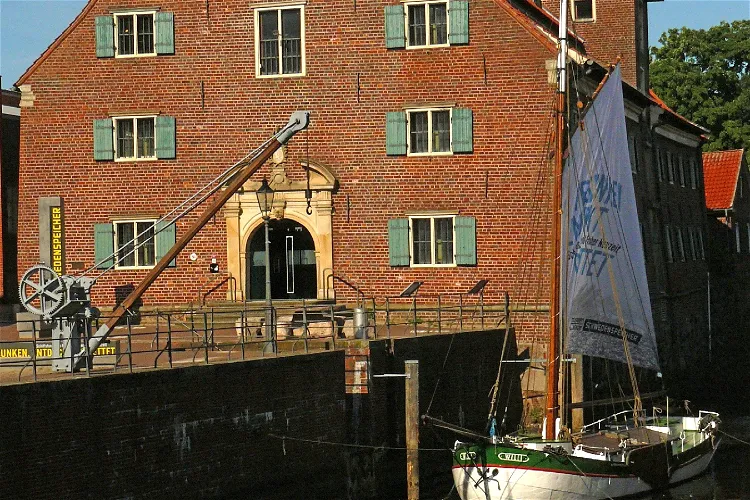
Schwedenspeicher
StadeThe Schwedenspeicher Museum, which was renamed Museum Schwedenspeicher in 2011, has been a regional museum in the Hanseatic city of Stade in Lower Saxony since 1977. The museum is housed in a baroque brick building from the second half of the 17th century, which was built during the city's 67-year affiliation with Sweden. The museum's content focuses on the archaeology and history of the Elbe-Weser region in general and the city of Stade in particular.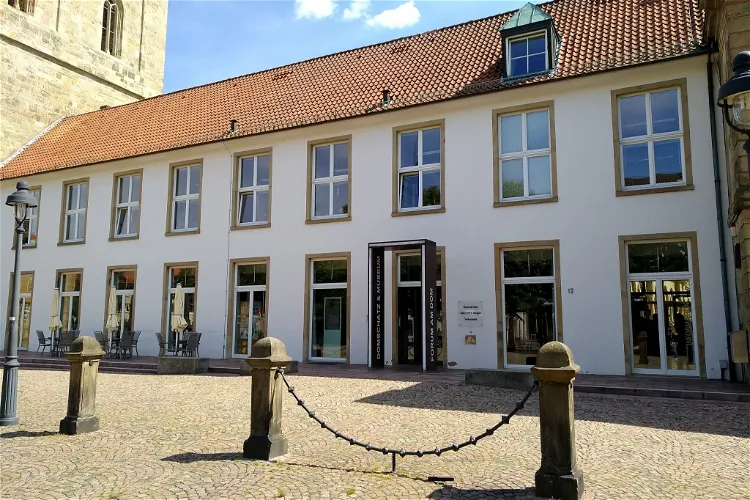
Cathedral Treasury and Diocesan Museum
OsnabrückThe Cathedral Treasury and Diocesan Museum is an integral part of the Diocese of Osnabrück. Its location, right next to the St. Peter's Cathedral, makes it easily accessible for visitors. The museum offers a unique opportunity to delve into the rich history and culture of the diocese.
Juleum
HelmstedtThe Juleum, also known as Juleum Novum, is a multi-storey lecture and library building located in the Lower Saxon county town of Helmstedt in Germany. This historic building was part of the former university and is a significant landmark in the region. It offers a glimpse into the architectural style of the Weser Renaissance and the educational history of the area.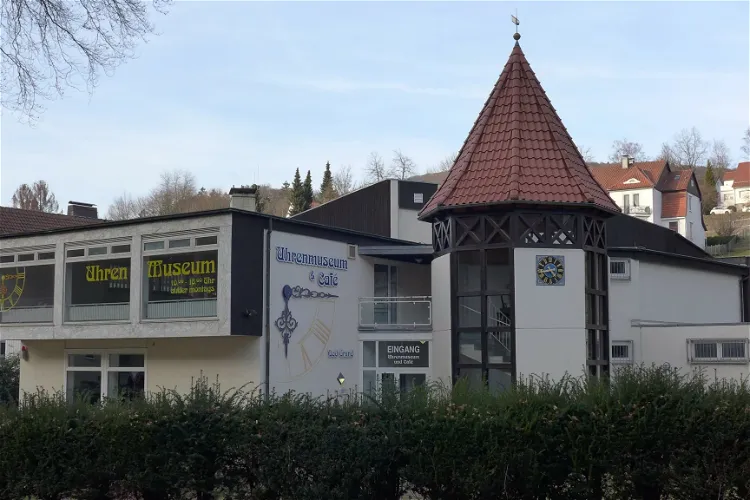
Uhrenmuseum
Bad GrundThe Uhrenmuseum Bad Grund showcases a wide variety of clocks from different countries, each with their unique designs and purposes. The museum documents the evolution of clock technology from the Renaissance period to the present day, providing a comprehensive overview of the history of timekeeping.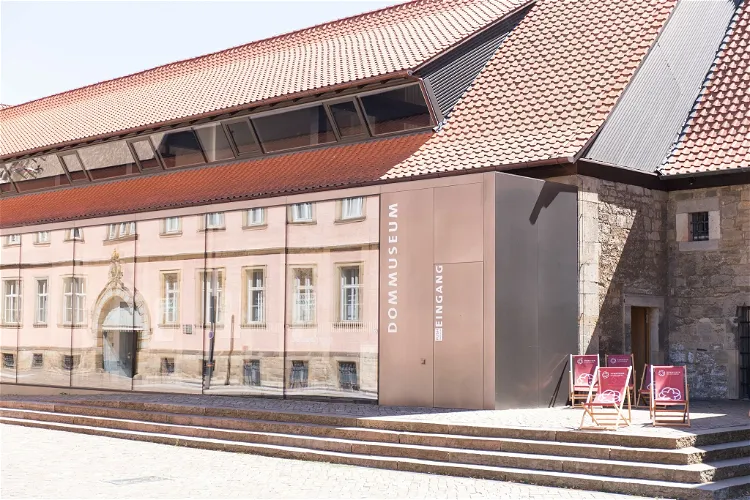
Hildesheim Cathedral Museum
HildesheimThe Hildesheim Cathedral Museum serves as the cathedral treasury and diocesan museum of the Hildesheim diocese. It is home to the cathedral treasure, which is recognized as part of the UNESCO World Heritage. This makes it a significant site for those interested in history, art, and religious artifacts.
State Museum for Art and Cultural History
OldenburgThe State Museum for Art and Cultural History in Oldenburg is a unique cultural institution located in the city of Oldenburg in Lower Saxony. The museum is spread across three closely situated sites: the Castle, Augusteum, and Prinzenpalais. Each of these sites offers a distinct collection and experience, making the museum a diverse and enriching destination for art and history enthusiasts.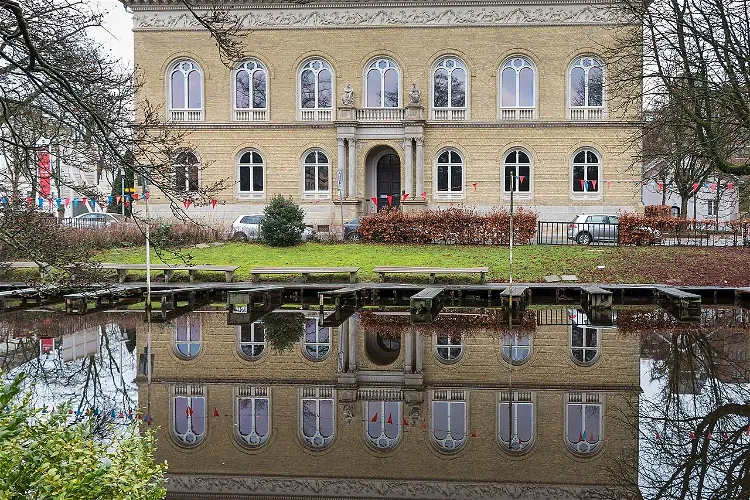
Augusteum, Oldenburg
OldenburgThe Augusteum is home to the “Gallery of Old Masters” of the State Museum for Art and Cultural History Oldenburg. This gallery showcases a vast collection of masterpieces from Dutch, Italian, German, and French painters dating from the 15th to the 18th centuries. Visitors can immerse themselves in the rich artistic heritage of these periods, gaining insights into the techniques and styles of some of the world's most renowned artists.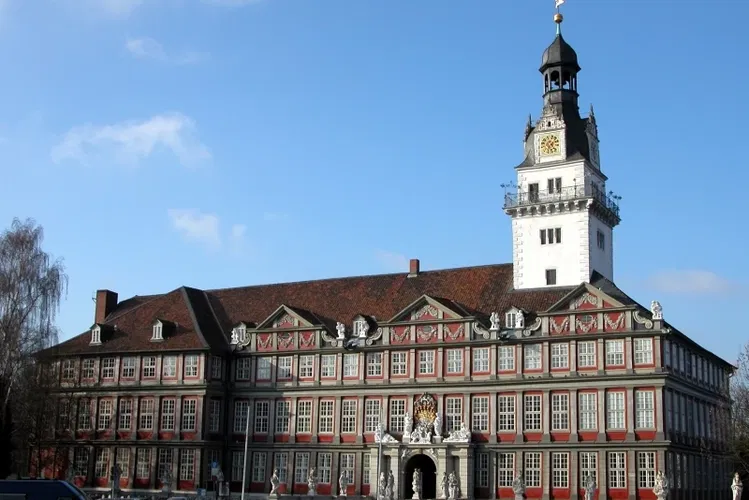
Schloss Wolfenbüttel
WolfenbüttelSchloss Wolfenbüttel, located in Lower Saxony, is the second largest castle in the region. The castle is characterized by its four wings that are arranged around a central courtyard. This architectural feature provides a unique layout that is both visually appealing and historically significant.